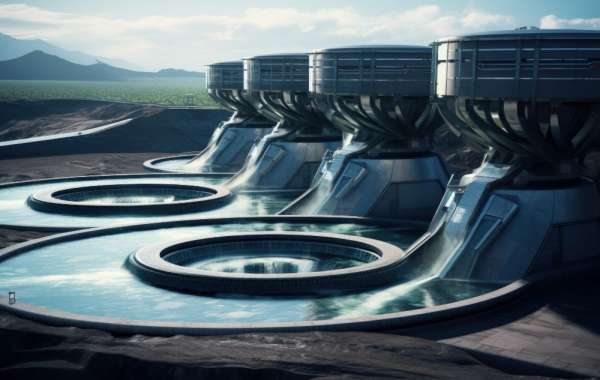Water is an essential resource for all forms of life, and effective management of this precious commodity is critical for any community. Water network systems are the backbone of urban infrastructure, responsible for the distribution of clean water and the management of wastewater. In this blog, we will explore the key components of water network systems, their significance, challenges, and future innovations that promise to enhance their efficiency and reliability.
What Are Water Network Systems?
Water network systems refer to the intricate framework of pipelines, pumps, valves, storage tanks, and treatment facilities that work together to deliver potable water to consumers and manage wastewater. These systems ensure that water is sourced, treated, and distributed efficiently while also collecting and treating wastewater to minimize environmental impact.
Key Components of Water Network Systems
Water Sources: The foundation of any water network system is its sources, which can include rivers, lakes, reservoirs, and groundwater. These sources are evaluated for quality and capacity to ensure they can meet the community’s water demands.
Treatment Facilities: Before water can be distributed, it must be treated to remove contaminants and pathogens. Treatment facilities utilize various processes, including coagulation, filtration, and disinfection, to ensure the water meets health and safety standards.
Distribution Network: Once treated, water is transported through a network of pipes to reach homes, businesses, and public facilities. This network includes mains, service lines, and hydrants, designed to maintain pressure and flow rates suitable for consumption.
Storage Facilities: Water storage tanks play a crucial role in balancing supply and demand. These facilities store treated water for periods of high consumption, ensuring a consistent supply and providing reserve capacity during emergencies.
Wastewater Management: An integral part of water network systems is the collection and treatment of wastewater. This includes the sewer system, which transports sewage to treatment plants where contaminants are removed before the water is released back into the environment or reused.
Importance of Water Network Systems
Public Health: Access to clean, safe drinking water is fundamental for public health. Water network systems help prevent waterborne diseases by ensuring that contaminants are removed and that water is delivered safely.
Economic Development: Reliable water supply is vital for economic activities, including agriculture, manufacturing, and tourism. Water network systems support these industries by providing the necessary resources for their operations.
Environmental Protection: Properly managed water network systems minimize the environmental impact of wastewater. By treating and reusing wastewater, these systems protect natural water bodies from pollution and support sustainable water management practices.
Resilience: Effective water network systems enhance community resilience to climate change and natural disasters. By ensuring reliable water supply and wastewater management, these systems help communities adapt to varying environmental conditions.
Challenges Facing Water Network Systems
Despite their importance, water network systems face several challenges:
Aging Infrastructure: Many water systems are built on aging infrastructure that requires significant investment for repairs and upgrades. Leaks and breaks in old pipes can lead to water loss and contamination risks.
Water Scarcity: Increasing demand for water, coupled with climate change and pollution, puts pressure on existing water sources. Sustainable management practices are essential to address these challenges.
Funding and Investment: Securing adequate funding for the maintenance and improvement of water network systems is often a challenge for municipalities. Investment is crucial for modernizing infrastructure and ensuring long-term sustainability.
Regulatory Compliance: Water network systems must comply with stringent regulations regarding water quality and safety. Adapting to changing regulations requires ongoing monitoring and management efforts.
The Future of Water Network Systems
The future of water network systems is being shaped by technological advancements and innovative practices. Smart water technologies, including IoT sensors and data analytics, enable real-time monitoring of water quality and infrastructure conditions. These technologies help identify leaks, optimize flow rates, and enhance overall efficiency.
Moreover, decentralized water systems are gaining traction. These systems can provide localized solutions for water supply and treatment, reducing the burden on centralized facilities and allowing communities to adapt to their specific needs.
Conclusion
water network systems are vital for ensuring the availability of clean water and the effective management of wastewater. As communities face growing challenges related to water scarcity, aging infrastructure, and regulatory compliance, the need for innovation and investment in these systems becomes increasingly important. By embracing new technologies and sustainable practices, we can enhance the resilience and efficiency of water network systems, ensuring that future generations have access to this essential resource. Together, we can build a sustainable water future that prioritizes public health, economic development, and environmental stewardship.




